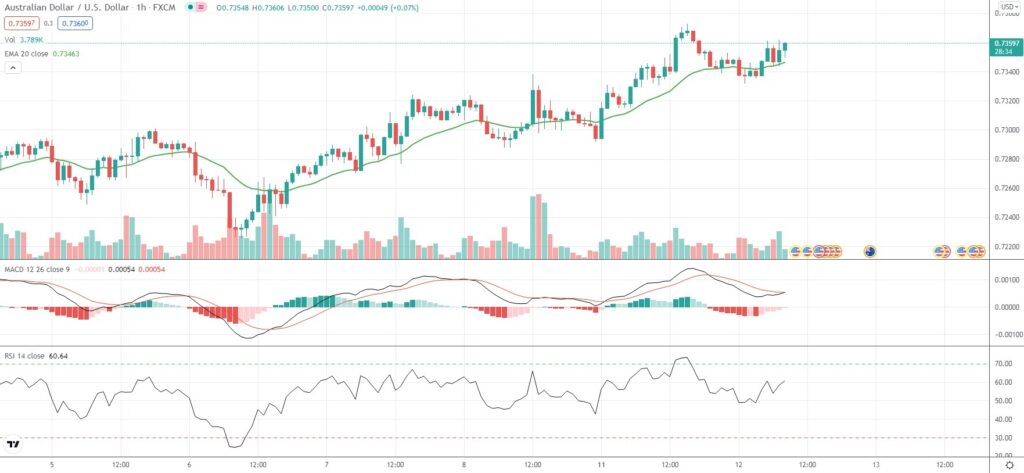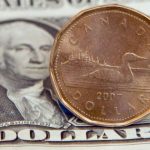AUD/USD extended gains from the prior trading day on Tuesday, supported by a surge in commodity prices and soaring bond yields, as market players bet major central banks would begin policy tightening in an attempt to tackle rising inflation.
Oil prices have risen to highs unseen in several years, while prices of coal and gas have been surging amid energy shortages in Europe and China.
Inflation concerns have added to expectations of tighter monetary policies and, in turn, have driven bond yields to new highs.
The yield on 10-year Australian Treasuries rose to 1.73%, or the highest level since May 20th, as yields have soared 44 basis points over the past six weeks.
Meanwhile, four-month lockdown measures in the state of New South Wales were relaxed this week, which also added to optimistic outlook and will probably put more pressure on the Reserve Bank of Australia to tighten ultra-accommodative monetary policy.
“Australian interest rate futures continue to bring forward bets on rate hikes despite the RBA’s guidance that it will not raise the cash rate before 2024,” Commonwealth Bank of Australia economist Kristina Clifton wrote in an investor note, cited by Reuters.
As of 8:30 GMT on Tuesday AUD/USD was edging up 0.22% to trade at 0.7359, while moving within a daily range of 0.7332-0.7362. Yesterday the Forex pair went up as high as 0.7373, which has been its strongest level since September 14th (0.7373). The major currency pair has gained 1.85% so far in October, following a 1.19% loss in September.
Bond Yield Spread
The spread between 2-year Australian and 2-year US bond yields, which reflects the flow of funds in a short term, equaled -24.19 basis points (-0.2419%) as of 8:15 GMT on Tuesday, down from -21.8 basis points on October 11th.
Daily Pivot Levels (traditional method of calculation)
Central Pivot – 0.7336
R1 – 0.7380
R2 – 0.7417
R3 – 0.7460
R4 – 0.7504
S1 – 0.7299
S2 – 0.7255
S3 – 0.7218
S4 – 0.7181






